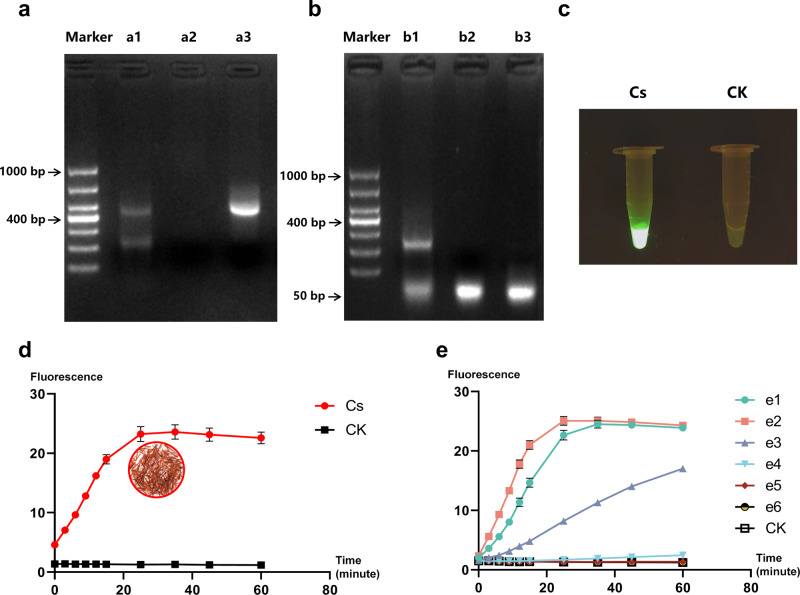Fig. 3. Feasibility, specificity and sensitivity of GAGE.
a Endonuclease activity of Cas12a. Lane Marker: DL1000 (Takara Biomedical Technology (Beijing) Co., Ltd., China); Lane a1: Cas12a + Cs_crRNA + ITS2 fragments of Crocus sativus; Lane a2: Cas12a + Cs_crRNA: Lane a3: ITS2 fragments of Cr. Sativus. b Collateral cleavage activity of Cas12a. Lane b1: Cas12a + Cs_crRNA + ITS2 fragments of Cr. sativus + 50 bp ssDNA; Lane b2: 50 bp ssDNA; b3: Cas12a + Cs_crRNA + 50 bp ssDNA. c Fluorescence signal of GAGE. The two groups were incubated at 37 °C for 25 min and detected by excitation with 470 nm light. Cs: Cas12a + Cs_crRNA + ITS2 fragments of Cr. sativus + ssDNA reporter; CK (negative control): Cas12a + Cs_crRNA + H2O + ssDNA reporter. d Specificity of GAGE. The plant materials in the circle are the stigma of saffron. The DNA substrate of two groups were as follows: Cs: ITS2 fragments of Cr. sativus and CK (negative control): nuclease-free water. e Sensitivity of GAGE. The seven groups had different concentration of DNA substrates (ITS2 fragments of Cr. sativus), e1: 10 ng/μL; e2: 1 ng/μL; e3: 0.1 ng/μL; e4: 0.01 ng/μL; e5: 0.001 ng/μL; e6: 0.0001 ng/μL and CK (negative control): 0 ng/μL. All plots data represented means +/− standard deviation (SD) from three independent replicates.

